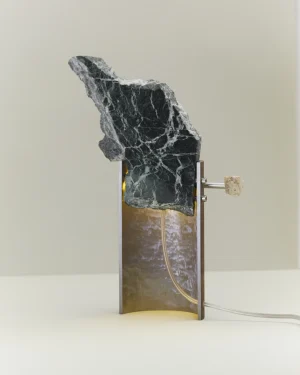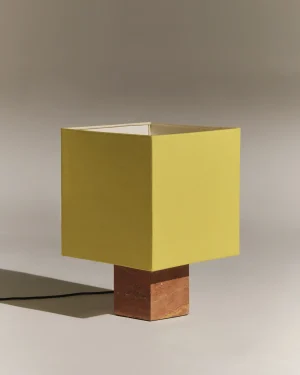Welcome at Adorno, where we delve into the allure of this remarkable material. Discover its intriguing history, distinctive characteristics, and the myriad benefits that have established Travertine as a perennial favorite among artists and designers.
Origins of Travertine Design
- Travertine has been used in architecture and art since ancient Roman times
- Influenced by the abundance of calcium deposits near mineral springs
- Originated in regions such as Italy, where it was used in iconic structures like the Colosseum
- Emergence due to its unique appearance, durability, and versatility
Components of Travertine
- Natural limestone, formed by minerals dissolving in groundwater and re-depositing
- Characterized by its porous surface and earthy, warm tones
- Used for its aesthetic charm in sculptures, buildings, and functional art pieces
Techniques in Travertine Design
- Carving - Artists sculpt intricate pieces from solid blocks of Travertine
- Honing - Achieving a smooth, matte finish that highlights its natural beauty
- Mosaic - Creating captivating patterns and images with carefully cut stone pieces
- Etching - Adding detailed designs and stories to the stone's surface
Current Uses of Travertine
- Decor - Travertine sculptures, vases, and decorative pieces for interior elegance
- Furniture - Travertine tabletops and accents for a touch of natural luxury
- Lighting - Travertine-based lamps and fixtures for warm, inviting ambiance
The Essence of Travertine
Travertine, steeped in history and timeless elegance, continues to captivate artists and designers. The Travertine Gallery at Adorno is a tribute to this exceptional material, showcasing its use in creating masterpieces that grace our homes, public spaces, and art collections.
 In stock
In stock In stock
In stock Free shipping
Free shipping Free shipping
Free shipping Free shipping
Free shipping Free shipping
Free shipping Free shipping
Free shipping Free shipping
Free shipping Free shipping
Free shipping Free shipping
Free shipping Free shipping
Free shipping Free shipping
Free shipping In stock
In stock